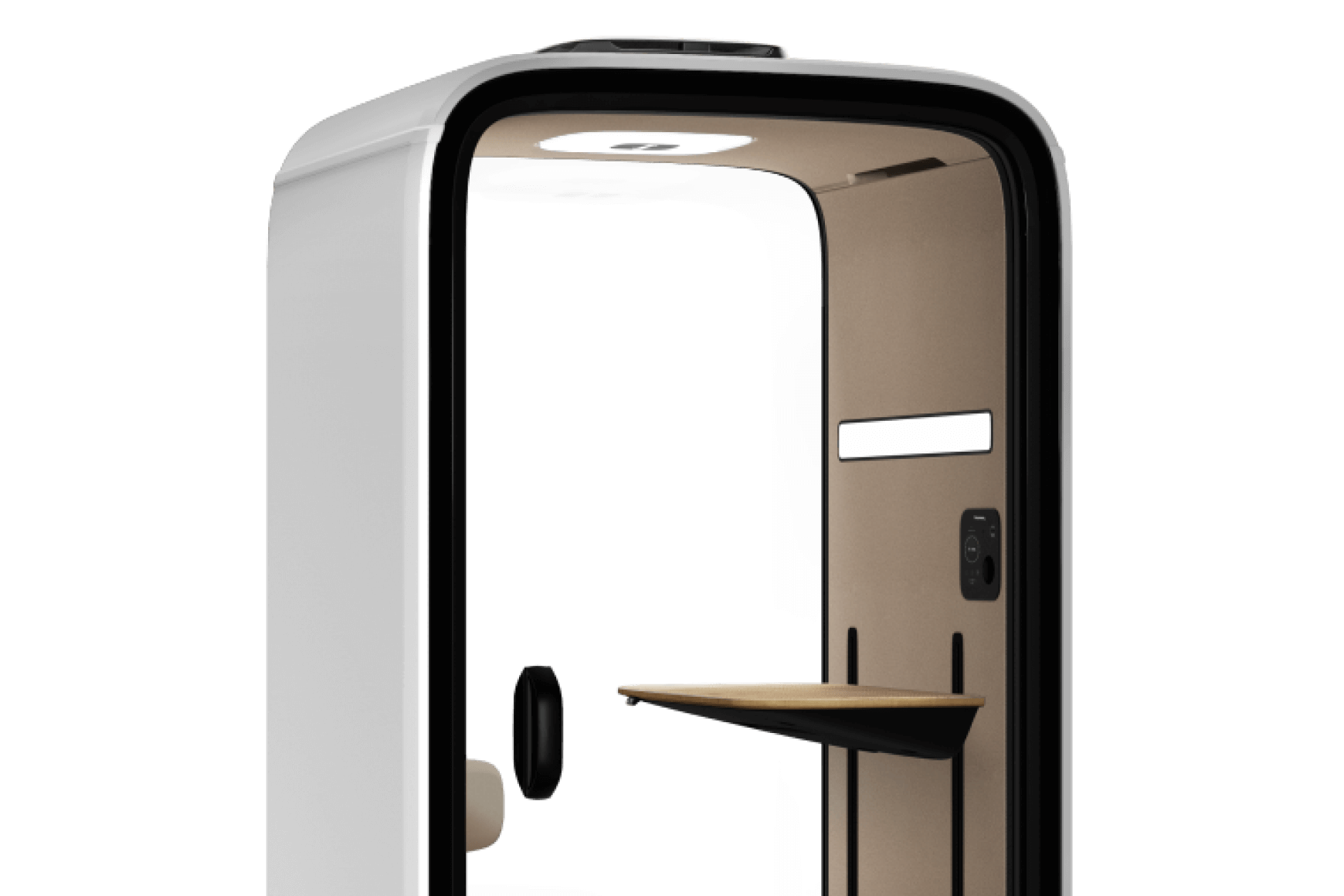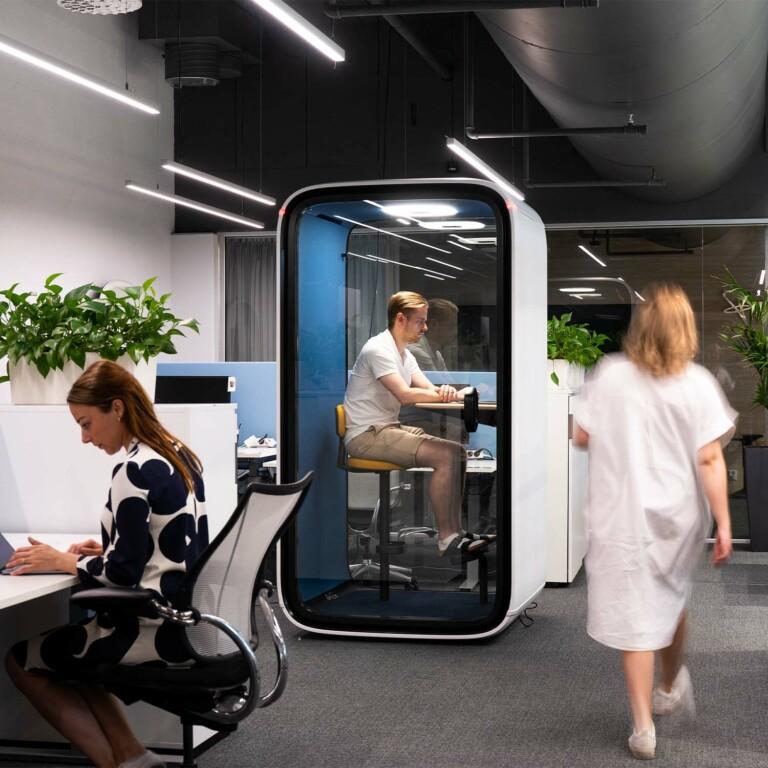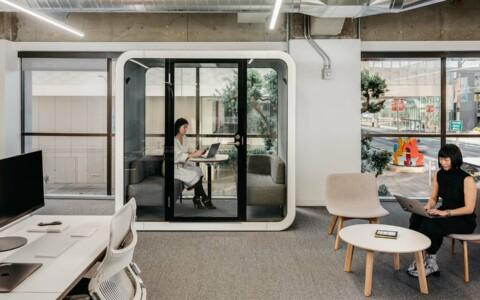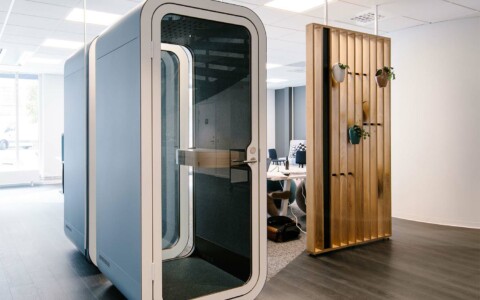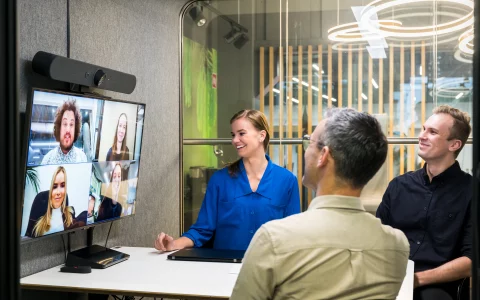Office design is on path towards a transformation. With evolving needs of modern work, and shifting attitudes towards the Return to Office trend, offices will continue to change and adapt to the needs of the worker.
At the end of last year, we shared our thoughts about office working trends to expect in 2023. Now we are providing a glimpse into the future of work and the dynamics that will shape the ways offices work in the coming year.
Key highlights
- The core basics will become essential
- Distractions will be everywhere
- No more RTO mandates
- More flexibility in office design
- Office design will incorporate more focus spaces
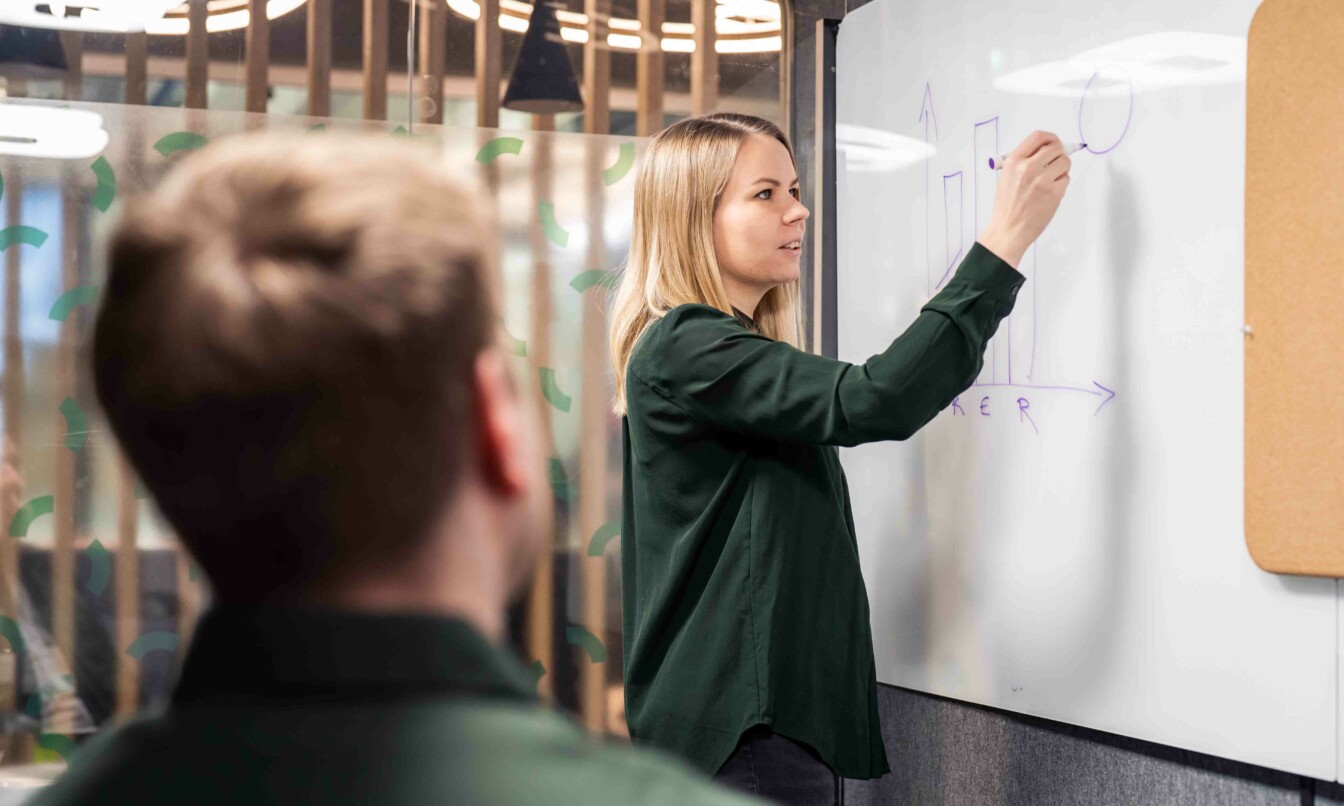
Office design trends to expect in 2024
Here’s a look at what to expect for upcoming work trends in 2024.
1 | The office needs to provide the core basics for modern work
Essentials are central to modern office work.
Employees demand well-thought-out spaces that cater to concentrated work. These are not mere amenities – they are essential tools that enable productivity and well-being. Fail these and you’ll end up having a workspace that doesn’t support work.
Office design will shift emphasis towards fundamentals that facilitate effective work. The idea of a supportive office will shift towards the core needs of the workers. And investing in the basic elements has the most impact.
It’s about creating spaces that echo the comfort and functionality of their home offices. Spaces that employees actually want to return to. It’s about getting the basics right before delving into the decorative.
2 | Offices will have a distraction epidemic
Distractions will become more burdensome to workers than ever.
Most organizations state that the health and wellness of their employees is their top priority. But what tangible measures are being taken to combat the onslaught of distractions that compromise well-being?
Offices will no longer leave it to the employees to solve their privacy problems. Infrastructure will shift to better accommodate workers. To affect change, offices must shift the focus from the individual to the infrastructures within which they operate. This includes the physical structures of the workspace.
The office of the future must be an ally in the war against distractions, not a battleground. The goal is to create spaces that support concentration rather than disrupt it. This is especially important for neurodivergent individuals who may face more challenges with attention management.
3 | RTO mandates will become a thing of the past
Return to Office mandates don’t favor employees.
The preference for remote working tells a revealing story about the current state of office spaces.
There are many return to office (RTO) mandates seen in the media, as some companies are forcing their employees to work a certain number of days in the corporate office. The RTO mandate is a signal of disregard for an employee’s sense of autonomy and appreciation.
The design of the office space and the experiences it provides that should inspire attendance, not the compulsion of policy. If the office design doesn’t naturally attract employees, then even the strictest mandate is not going to do the trick.
To draw people in, offices need to provide private spaces where people can join virtual meetings, take phone calls, and work together in-person without bothering those around them. And most offices don’t have the capacity for that just yet.
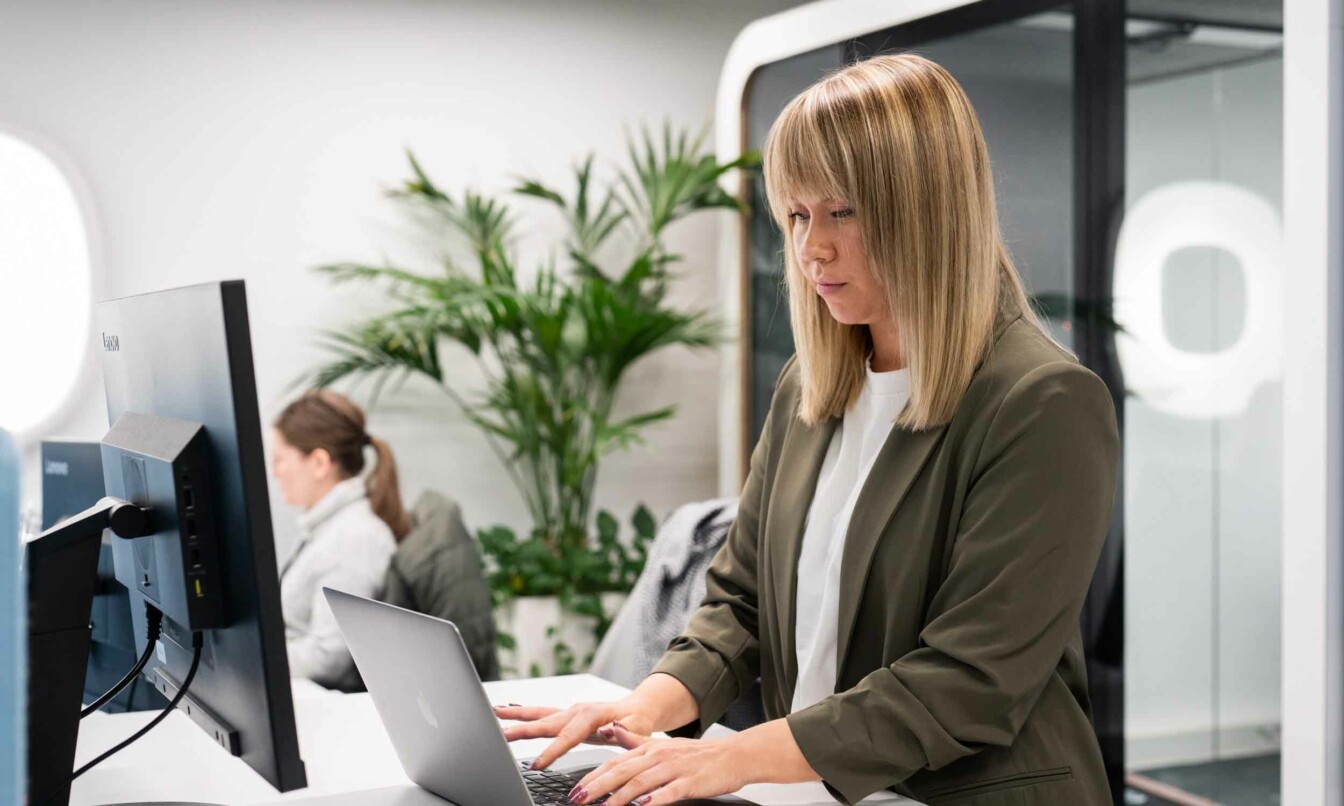
4 | Office design will include more flexibility
Flexibility will become a non-negotiable right.
Organizations need to evaluate what the purpose of their office is, and how the design is delivering this purpose. Flexible arrangements promote productivity. If basic working needs are not being met for the people, then those people will continue to be pushed towards remote working.
To survive, offices need to become destination offices, or office magnets. Places that employees are drawn to not out of obligation, but out of a genuine desire to work within the four walls and meet their colleagues. A destination that is worth the commute and the convenience of the home office.
This means that offices need versatile work areas that can accommodate all types of work. They require spaces that are able to adapt to the needs of in-person work – as well as sessions with remote colleagues or clients. And they must address the need for both privacy and social connection.
5 | Focus spaces will be the number one office design trend
Offices will begin providing more spaces for focused work.
There is a growing necessity for spaces designed for focused work. As tasks become increasingly complex, the need for environments that cater to high concentration and minimization of distractions becomes evident.
The ability to concentrate is essential to performance. And distractions are innately disruptive to brain function. So it is a must that office design includes areas that mitigate these distractions.
The reluctance to commute to the office might be explained by the office’s poor ability to support focused activities.
Spaces where distractions are minimized and people get work done are a key factor for the office – not just a nice bonus. According to Leesman research, a workspace that does not support focused work, is an “obstructor” workspace. If a workspace doesn’t support focused working, it won’t matter how brilliant the other spaces are.
Make them an office they can’t refuse
Office design is at the crossroads of change.
Anticipating a transformation in office design, we foresee a focus on the core basics that facilitate effective work. There will be a paradigm shift in addressing the distraction epidemic, and the gradual phasing out of RTO mandates in favor of a more appealing working experience. And an increased insistence on flexibility as a non-negotiable right, with a heightened emphasis on providing spaces dedicated to focused work.
The office is not merely a physical place – it’s a constantly evolving ecosystem. And offices need to begin to be seen as an equal part of the team. That means flexible, available spaces where people can focus on the things that actually matter. And turn the office into a place for people to get things done.
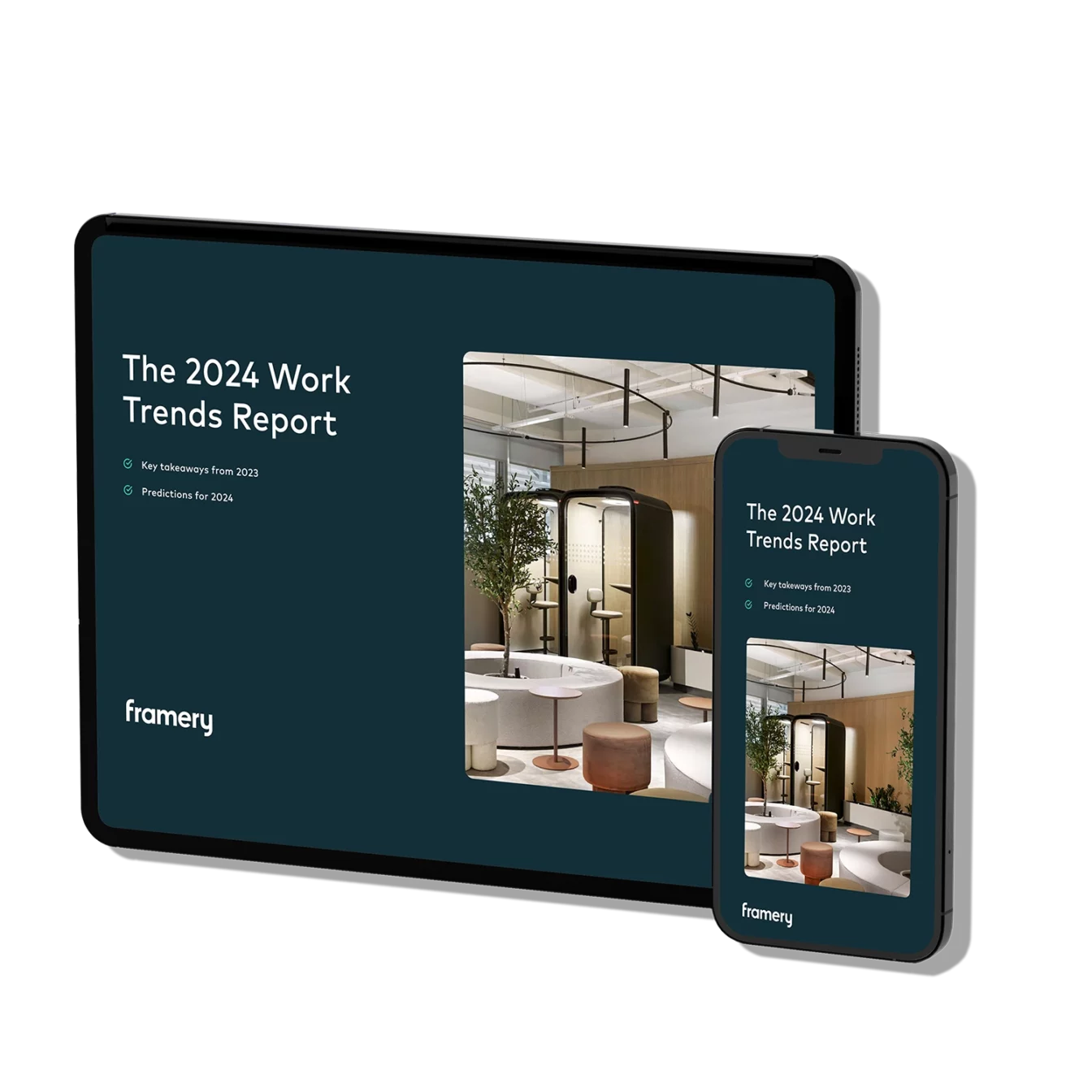
Download the 2024 Work Trends Report
What are the work trends in 2024?
1. Offices need to provide the core basics for working
2. Offices will be filled with distractions
3. No more RTO mandates
4. Offices need to adjust for flexible work
5. More focus spaces in the office
What is the future of office design?
Office design will shift emphasis towards fundamentals that facilitate effective work. The idea of a supportive office will shift towards the core needs of the workers. This means offices need to provide focus spaces where people can take phone calls and join video meetings from the office.
What is the future of work in 2024?
There will be a paradigm shift in addressing the distraction epidemic, and the gradual phasing out of RTO mandates in favor of a more appealing working experience. 2024 will also see an increased insistence on flexibility as a non-negotiable right, with a heightened emphasis on providing spaces dedicated to focused work.
What are the modern workplace trends in 2024?
Offices will no longer leave it to the employees to solve their privacy problems. And offices must shift the focus from the individual to the infrastructures within which they operate. This means they must provide private spaces where people can join virtual meetings, take phone calls, and work together in-person without bothering those around them.
Get started today
Design your own
Customize your pod and make it your own with our pod configurator.
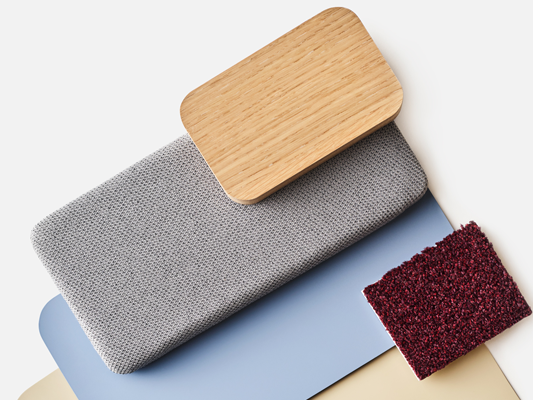
Get a quote
Find your nearest representative to hear about pricing and get a quote for your project.
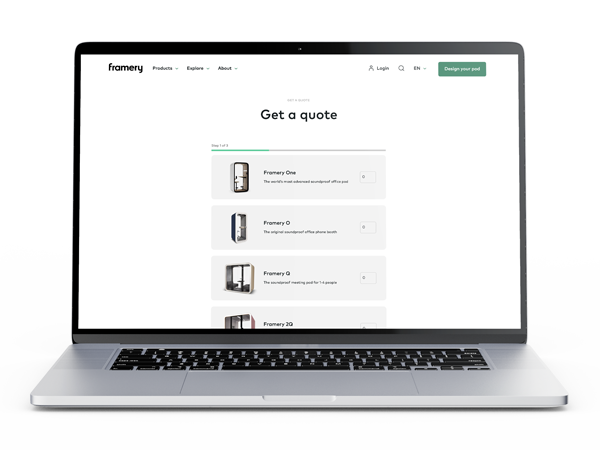
Try a pod
Visit one of our global showrooms to try any of our Framery pods for yourself.
